How to properly care for your PICC line
Make sure you fully understand any instructions given to you by doctors, nurses, or caretakers before leaving the hospital or any other healthcare facility. You may be told to flush your PICC line with saline or another cleansing solution, change injection caps, or change your bandages. Only do these if you are clearly instructed to; otherwise, allow a nurse to do it upon your follow-up visit.
Protecting your PICC line
It is extremely important that you protect your PICC line from any damage. If damaged, your line will not function properly, and it will raise your chances of contracting an infection. In order to protect your PICC line, you must:
- Always practice good hygiene. Do not touch your catheter if you do not need to. If you must touch your catheter, make sure to clean your hands bother before and after handling your line.
- Keep your PICC dry. Do not take baths, swim, use hot tubs, etc. while using a PICC line. A sponge bath is the best route to take while you have a catheter. If the dressing gets wet, it must be changed immediately. If you have not been instructed how to change it, call our office immediately.
- Avoid any damage. Do not allow sharp objects near your PICC line. This includes knifes, scissors, or anything that could effectively slice your line. Likewise, do not allow for the rubber on your catheter to be tugged by clothing or otherwise.
- Watch for any changes or issues. Make note of how the catheter sticks out of your skin. If its orientation changes, or begins to stick out more, notify your healthcare provider immediately. Watch for leaks and cracks. If your dressing becomes dirty or loose, change it if you have been instructed. If you have not, call your healthcare team immediately.
- Do not bend over. If you lower your chest below your waist while doing simple tasks, such as tying your shoes, you are risking your catheter tip slipping out of the vein.
- Notify your healthcare team or provider if you are vomiting or coughing, as this could also lead to your catheter slipping out of place.
Protecting your arm
The arm that your PICC line is connected to is at risk for developing blood clots, which is a very serious issue. In order to prevent blood clots:
- Use your PICC arm as much as possible to keep blood flowing. Lack of movement can allow blood clots to form easier than if your arm stimulation regular blood flow. We may even suggest some light arm exercises.
- Do not participate in any activities that require intense usage of your arm, such as sports, or heavy lifting.
- If an activity is hurting your arm, stop doing it immediately.
- Drink lots of water. Staying hydrated helps prevent blood clots from forming.
Practice good hand hygiene
Having a PICC line can allow germs into your body. To help prevent any infection, it is vital that you and those around you practice good hand hygiene by washing with soap and water and using alcohol-based sanitizers regularly, especially before or after coming in contact with you or your PICC line.
To effectively wash your hands:
- Use warm water. Hot water will eventually cause irritation to your hands, since you will be washing your hands often.
- Apply enough soap to cover your palms and fingers.
- Vigorously rub your hands together for at least 15 seconds. Make sure to also get the backs of your hands and between your fingers.
- Rinse with warm water.
- Always use a new paper towel to dry your hands each time. Using a cloth towel can encourage bacterial growth, as cloth towels harbor germs very easily.
- Use the paper towel to complete the tasks of washing your hands, such as turning the water faucet off and opening up the bathroom door before discarding it.
If you do not have access to soap and water, alcohol-based sanitizers can work well too. Your sanitizer needs to have at least 60% alcohol content.
When to seek medical care:
If you are experiencing any of the following, call your healthcare provider immediately:
- Chills
- Fever of 100.4° or more
- A racing or irregular heartbeat
- Gurgling noises from catheter
- Any sign of infection at catheter site (pain, redness, swelling)
- Wheezing, coughing, shortness of breath
- Having trouble moving or muscle stiffness
- Tightness above catheter site
- Your catheter falls out, leaks, or breaks
- Pain or burning in your arm, chest, shoulder, back, or leg


